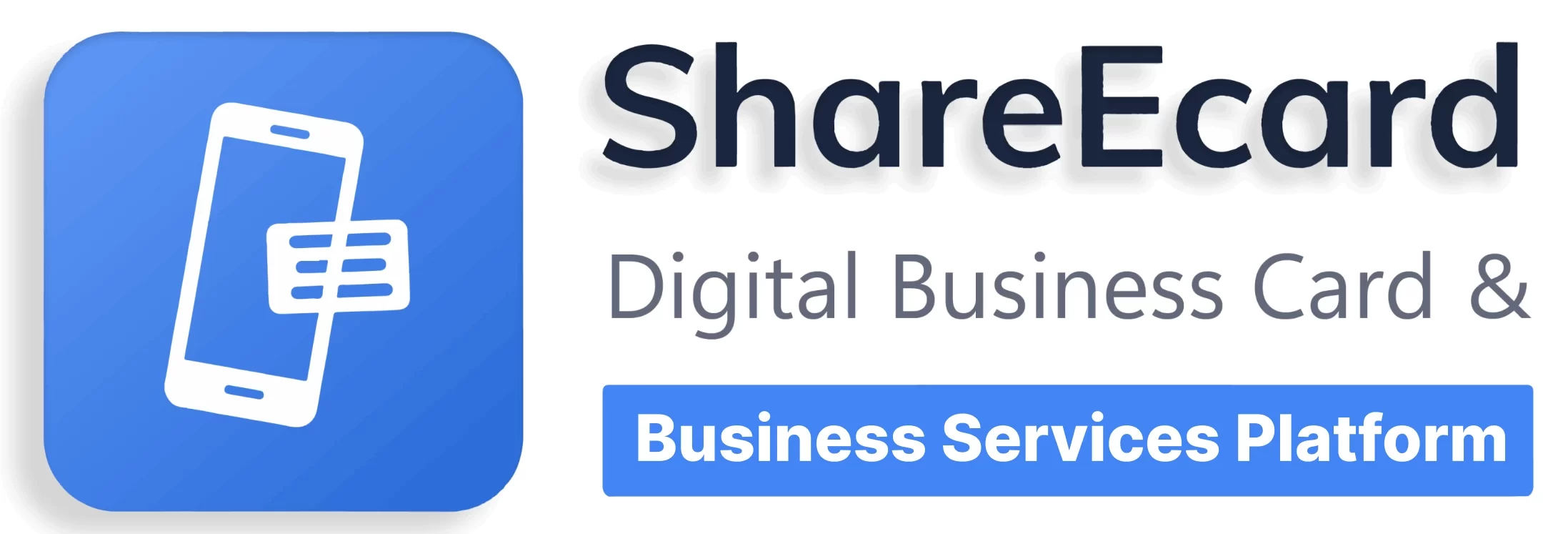Starting a business is exciting, but it can also be overwhelming. From registering your name to creating a website, there are countless moving parts. That’s why we’ve created this comprehensive 20-step business start-up checklist to help you launch with clarity, confidence, and compliance.
According to the U.S. Small Business Administration, over 5 million new business applications were filed in 2023 alone. However, nearly 20% of small businesses fail within the first year, and almost 50% fail within the first five. A structured approach can significantly improve your chances of long-term success.
1. Clarify Your Business Idea
Make sure your idea solves a real problem or meets a specific demand. Validate it through market research, surveys, or industry analysis. 64% of small business owners say market demand is the top factor for success.
2. Write a Business Plan
Outline your mission, target market, value proposition, financial projections, and marketing strategy. A solid plan will guide your actions and help secure funding. Businesses with a written plan are 30% more likely to grow.
3. Choose a Business Name
Pick a name that reflects your brand and is legally available. Check domain availability and perform a trademark search. Your name is often your first impression – make it count.
4. Decide on a Business Structure
Select the appropriate legal structure: Sole Proprietorship, LLC, Corporation, or Partnership. This affects your liability, taxes, and paperwork. Over 70% of small businesses in the U.S. are structured as sole proprietorships or LLCs.
5. Register Your Business
Register your business name and entity with your state or country’s business office. You may need to register for a “Doing Business As” (DBA) name as well. This step makes your business official.
6. Get Federal and State Tax IDs
Apply for an Employer Identification Number (EIN) through the IRS. Some states require separate state tax ID numbers. An EIN is needed for hiring employees and opening a business bank account.
7. Open a Business Bank Account
Keep personal and business finances separate. Open a dedicated account to manage income, expenses, and tax records. According to QuickBooks, businesses that separate finances are twice as likely to stay organized and compliant.
8. Apply for Business Licenses and Permits
Depending on your industry and location, you may need licenses or permits to operate legally. Research local, state, and federal requirements.
9. Set Up Accounting and Bookkeeping
Use software or hire an accountant to manage finances, invoices, payroll, and tax filings. 82% of businesses that fail cite cash flow problems as a key factor.
10. Secure Funding
Explore funding options like personal savings, business loans, grants, venture capital, or crowdfunding. Only 40% of small businesses are profitable in their first year; initial funding helps bridge the gap.
11. Purchase Business Insurance
Protect your business with general liability, professional liability, or product liability insurance, depending on your industry. Unexpected events happen – insurance mitigates risk.
12. Find a Business Location
Choose a location based on zoning regulations, customer accessibility, and your specific operational needs. Whether it’s a storefront or home office, it must align with your business model.
13. Build a Website
Your website is your digital storefront. Make sure it’s professional, mobile-friendly, and includes essential information about your products or services. Nearly 70% of consumers research businesses online before buying.
14. Set Up Business Email and Phone
Establish a professional communication system with a branded email and dedicated business phone number. It enhances your credibility and helps keep customer communication streamlined.
15. Develop a Marketing Plan
Identify your ideal customer, key channels (social media, LinkedIn, email, SEO, etc.), and messaging. Create a content calendar to stay consistent. Businesses with a marketing plan see 20-30% higher sales.
16. Set Your Pricing Strategy
Factor in costs, competition, and customer perception when setting prices. Ensure you leave room for profit and scalability. A well-planned pricing model improves conversion and retention.
17. Design a Logo, Brand Assets and Digital Business Cards
Creating a strong visual identity is one of the smartest ideas for starting a new business. Your logo, color palette, and fonts aren’t just design choices — they form the foundation of how your audience perceives and remembers your brand. But building your brand identity goes beyond just a logo.
One modern idea gaining momentum among new entrepreneurs is replacing traditional paper business cards with digital business cards, like the ones from ShareEcard. These sleek, eco-friendly cards can be shared instantly via QR code, email, or link — making it easy to leave a memorable first impression both online and offline.
With ShareEcard, your branding stays consistent and accessible across every touchpoint. Studies show that consistent branding can boost recognition by up to 80% — a crucial advantage when you’re just starting out and working to make your mark in a crowded market.
18. Order Business Supplies
Stock up on essentials like inventory, equipment, software subscriptions, packaging, or POS systems. Plan ahead to avoid disruptions after launch.
19. Hire and Train Your Team
If you’re not going solo, start the hiring process early. Develop job descriptions, training materials, and employee policies. A strong team can scale your business faster and smarter.
20. Launch Your Business
Celebrate your launch with a campaign, grand opening event, or announcement across all your platforms. Start selling, engaging, and refining your strategy. Don’t wait for perfection – start with action.
Final Thoughts
Launching a business takes work, but with the right plan and tools, you can set yourself up for success. Use this checklist as your roadmap and revisit it often as your business evolves.
Remember:
- Businesses that plan grow 30% faster.
- Separate finances, solid marketing, and proactive planning make a measurable difference.
If you’re ready to take the leap, start checking off these steps today!




